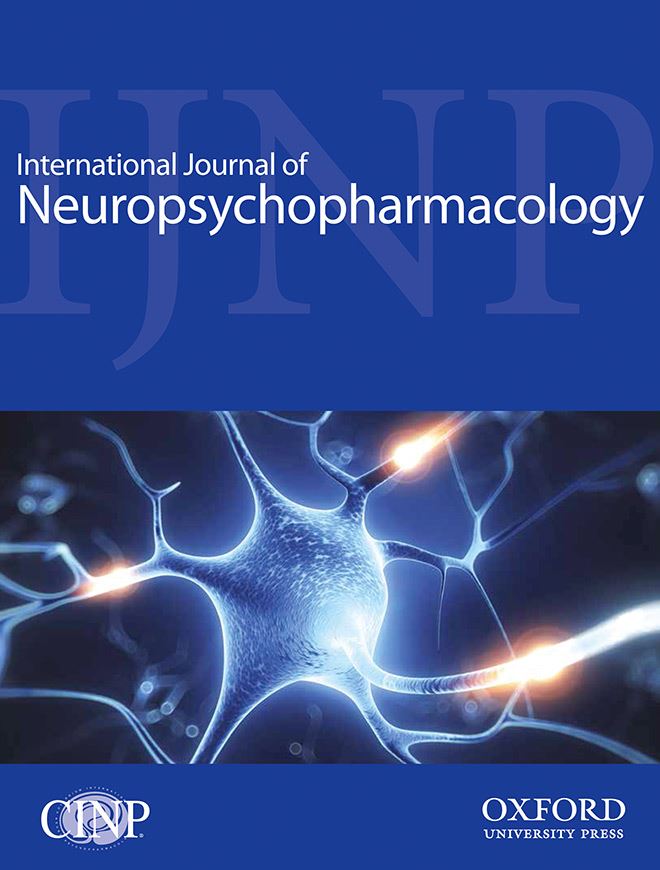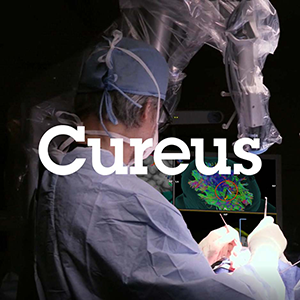“Introduction: Amotivational syndrome is a term used to refer to lack of motivation and passive personality related to chronic cannabis use. Given mixed findings, the current study aimed to replicate and extend previous research on frequent cannabis use, motivated behavior, and self-reported apathy.
Method: Cannabis users (on average, ≥3 days/week of cannabis use over the past year), and healthy controls (≤1 day/month of cannabis use over the past year) completed the Apathy Evaluation Scale (AES), and the Effort Expenditure for Rewards Task (EEfRT). Repeated measures analysis of covariance was used to 1) examine the effects of group, reward magnitude, probability, and their interaction on hard task selections on the EEfRT, and 2) examine between-group differences on the AES, controlling for alcohol use and depressive symptoms.
Results: There were significant main effects of reward magnitude, probability, and an interaction between reward magnitude and probability on hard task selection (p‘s < 0.05). Specifically, as reward magnitude and probability of winning the reward increased, participants were more likely to select hard tasks on the EEfRT. Relative to healthy controls, cannabis users were significantly more likely to select hard tasks on the EEfRT (F(1,56) = 6.49, p = 0.014, ηp2 = 0.10). When controlling for alcohol use and depressive symptoms, no significant group differences in self-reported apathy were present (p = 0.46).
Conclusions: Cannabis users exhibit a greater likelihood of exerting more effort for reward, suggesting enhanced motivation relative to healthy controls. Thus, the current results do not support amotivational syndrome in adult frequent cannabis users. Despite some harms of long-term cannabis use, amotivation may not be among them.”
https://pubmed.ncbi.nlm.nih.gov/35767680/
https://www.tandfonline.com/doi/abs/10.1080/13803395.2022.2093335?journalCode=ncen20








